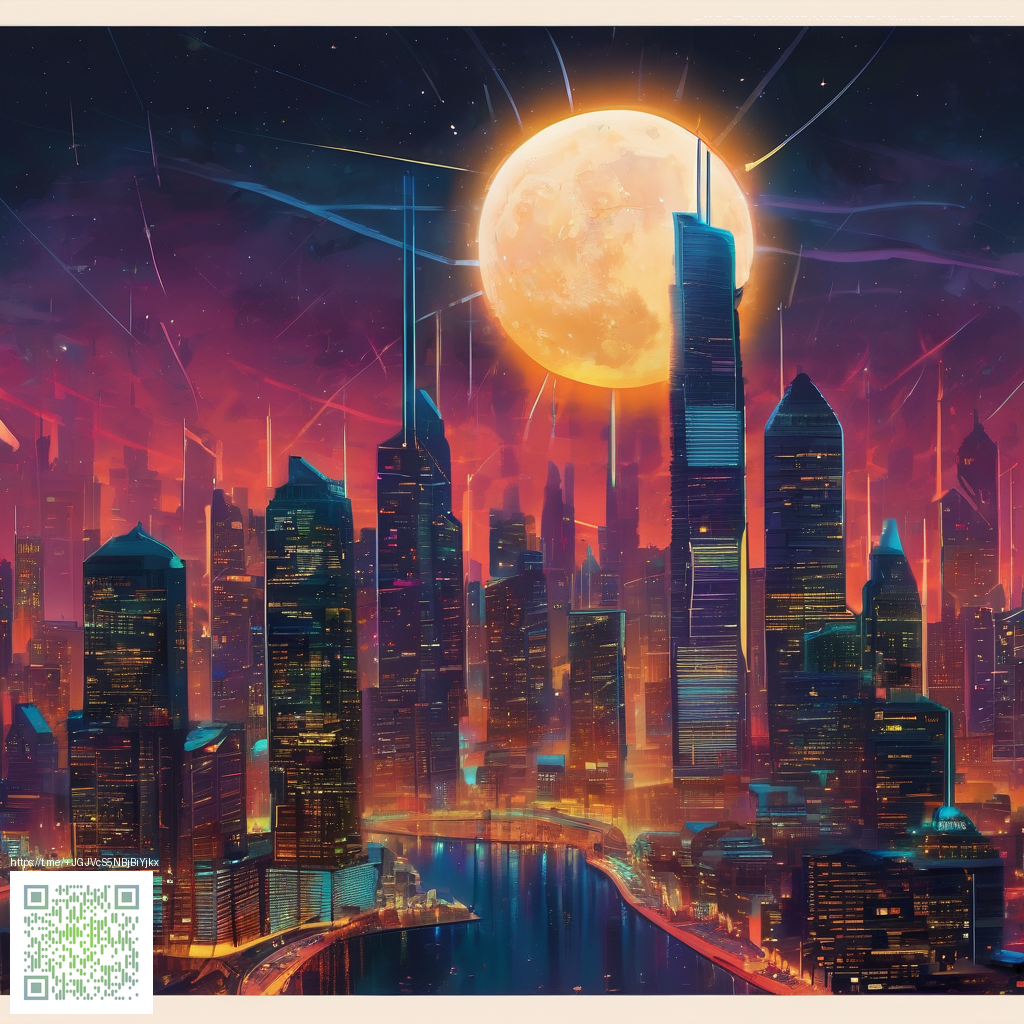
Nostalgia as a fuel for Prey fans across generations
Nostalgia for this space station adventure runs deeper than a simple fond memory. It knots players of all ages to a world that rewards curiosity, clever problem solving, and quiet moments of awe. The feeling sticks because the design invites revisit after revisit, revealing new details each time you return. For many fans, the game becomes a shared language that travels across time and platform shifts, from classic PC setups to modern streams and reviews 🎮.
At its core, Talos I feels like a living archive. Every corridor hints at a story that was once hidden behind a door you now dare to open. The atmosphere, sound design, and architecture keep generating fresh talk among players who first discovered it years ago and newcomers who encounter it through modern access points. Nostalgia here is not a throwback gimmick; it is a invitation to re explore a world that grows with your skill and patience.
A universe that ages with you
The space station is built from modular, believable environments rather than static set pieces. As a result, long time fans recall how the interplay between exploration and resource management gave rise to personal playstyles. New players meanwhile experience the same space station with its own sense of surprise. That duality creates a bridge across generations and a sense that this world has evolved with its audience rather than being a relic of a single era.
Key design threads that age well include the openness of the level layout, the reward for investigation, and the way tools unlock flexible tactics. A glue gun works in surprising ways once you understand its physics, while improvised solutions feel like clever cheats that still respect the game's logic. This enduring interplay between constraint and creativity keeps the game loop engaging long after the first playthrough.
Gameplay threads that keep returning players
Immersive sim fans tend to return to a game when its core loop rewards skillful experimentation. Preys core loop artfully blends stealth, exploration, and gadget use. The thrill of discovering a hidden path or a clever combination of abilities is the same spark that lit up early playthroughs and still shines in modern speedruns and cinematic playthroughs. Nostalgia here is less about the decade and more about the constant invitation to outsmart the station on your own terms 🎯.
Mods and community challenges amplify that pull. When players finally unlock a trick that makes a precarious section feel safe or when a guide lays out a new route through a tight sequence, the feeling is communal rather than solitary. The ongoing appetite for fresh discoveries is a big part of why the fanbase spans both veterans and new fans who learn the language from streams and guides. Modding culture keeps Talos I alive in surprising ways, from texture tweaks to inventive play modes that echo the original rhythms of exploration.
Updates and the evolving relationship with the studio
Arkane has extended the life of Prey through thoughtful updates and DLC that broaden the experience without breaking its soul. The Mooncrash expansion adds procedural variety that challenges players to rethink familiar routes, creating replay value that resonates with nostalgic players and curious newcomers alike. A later multiplayer style experience called Typhon Hunter expands the world into a shared space where different play roles test players in novel ways. These updates demonstrate a developer mindset that treats visitors as co creators of the station story 🎨.
Community members frequently discuss the way updates reinterpret or extend the original ideas. Some players revisit the base game after reading about the new content, while others share marginal notes that highlight how minor changes alter overall pacing. The sense that the game grows with its audience is a large part of the nostalgia engine here, turning old love into new intrigue rather than just fond memory.
Developer commentary and a future full of echoes
Arkane emphasizes that player curiosity drives design. They aim to reward experimentation and to let players feel that they are uncovering a living history rather than simply replaying a script. That philosophy makes each return feel earned and personal, a reason why the same station feels newly discovered with every visit.
The conversation around Prey also circles back to the way the team balanced storytelling with emergent play. The sense that the world responds to your choices builds a lasting bond with the game. Fans carry that shared memory forward in conversations, fan art, and thoughtful analysis that spotlights the clever systems at work behind the scenes.
For fans who want to show affection while keeping the real world at hand, a stylish way to celebrate the game is through gear that nods to the era. This Neon Slim Phone Case for iPhone 16 offers a subtle, high quality accessory option that resonates with the spirit of the station’s neon glow and sci fi ambiance. It serves as a small but meaningful reminder of the space station while you navigate daily life on the go.
Interested readers can explore a curated set of reads as you chase the threads of nostalgia and game design. The following articles span topics from virtual economies to design analytics, offering different lenses on how communities build meaning around complex worlds
Neon Slim Phone Case for iPhone 16